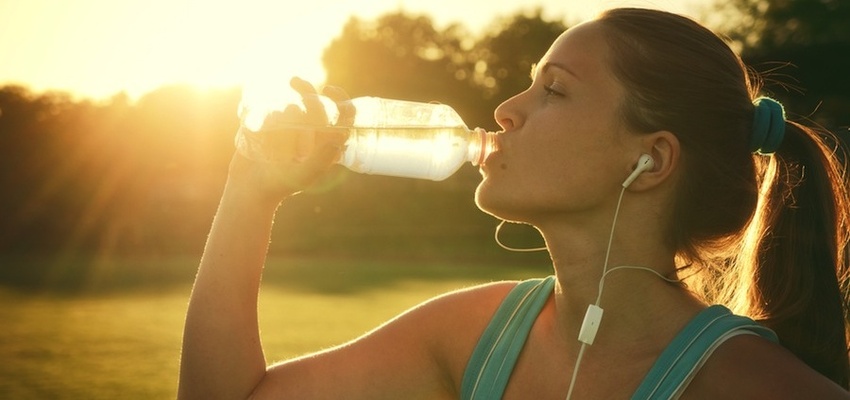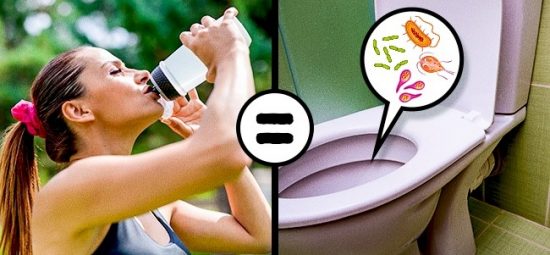We all drink water from plastic bottles, but do you know what dark secrets are under the cap?
Bright Side is revealing the 4 main ones for you.
4. Why we shouldn’t reuse plastic bottles
A plastic bottle can exude dangerous chemicals. Pay attention to the special signs on the bottom: those numbered triangles indicate which kind of plastic was used.
- A bottle labeled 1 (PET or PETE) is only safe for a single use. When exposed to oxygen or high temperatures, including sun heat, such a bottle will discharge toxic substances that get into the water.
- Avoid bottles labeled 3 or 7 (PVC and PC) as they exude toxic chemicals able to penetrate your food and drinks, and lengthy exposure can even result in severe health problems.
- Bottles made of polyethylene (2 and 4) and polypropylene (5 and PP) are suitable for multiple uses. They’re relatively safe if you only store cold water in them and regularly disinfect them.
3. Bacteria and basic hygiene breaches
Drinking water from a used plastic bottle is almost the same as licking a toilet seat, a dog’s toy, or even worse scientists say. The amount of bacteria in such bottles often exceeds safety limits. We create the perfect growth conditions ourselves by taking the bottle with dirty hands, not rinsing it thoroughly enough, and keeping warm water in it.
What to do then? Wash bottles regularly with warm soapy water, vinegar, or antibacterial mouthwash.
Even with washing the bottles thoroughly, we may still get food poisoning or even hepatitis A. Research showed that most bacteria live on bottle necks that you can’t wash well enough. Twist caps and sliding caps teem with germs that you swallow along with water. To be on the safe side, use a straw.
more on brightside.me





